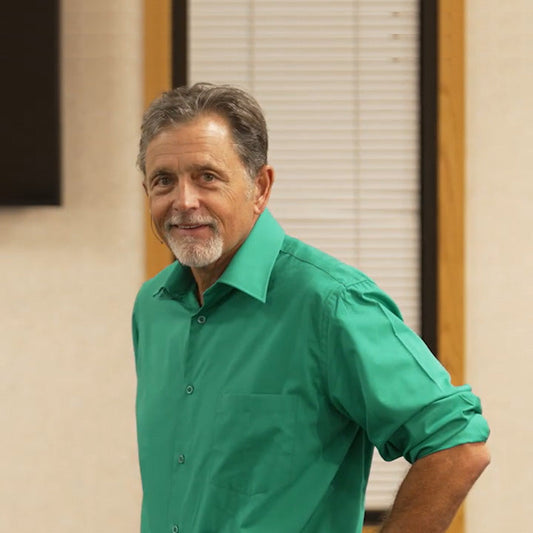For many parents, getting children to listen and follow through on requests is an uphill battle. But what if there was a way to transform your words so that your kids will listen to you rather than ignore you? Enter the world of enforceable statements, a cornerstone of the Love and Logic approach that can revolutionize how you communicate with your children.
What Are Enforceable Statements?
Enforceable statements are not demands or threats, but confident expressions of what parents will do or will not do, rather than what parents want their children to do or not do. This subtle shift turns common power struggles into opportunities for cooperation and respect.
Enforceable statements are more effective because they focus on what parents can control. Instead of commanding children to change their behavior, parents communicate clear boundaries about their own actions. For example:
- Unenforceable: “Stop fighting!”
- Enforceable: “I’ll be happy to talk with you when your voices are calm.”
By shifting the language, you express what you will do instead of demanding a change in behavior. Children are given responsibility for their choices. Because they recognize that you mean what you say, they’re more likely to make the choice that you hope they will make.
Why Do Enforceable Statements Work So Well?

Children naturally resist being told what to do. In addition, commands and orders can come across like threats, especially if they are delivered in an angry voice. This causes the brain to go into flight or fight mode and triggers defensiveness, which simply turns the interaction into a power struggle. Enforceable statements reduce defensiveness because they focus on choice. Kids hear that they are still in charge of their actions, but they also understand the clear boundaries you’ve set.
The psychological principle is simple—when parents stop trying to control the uncontrollable (their child’s behavior) and instead focus on what they can control (their own actions), family life becomes calmer, more predictable, and more respectful.
How to Create Enforceable Statements
Creating enforceable statements is easier than you might think, and with a little practice, it will become second nature. Here are some guidelines to help you create enforceable statements.
Most importantly, focus on what you can control. Begin your statements with “I will” or “I am,” and focus on what you can do, not what you want your child to do. Keep your language clear, concise, and to the point. Always follow through and act on your statements.
Enforceable statements can be very effective, but there are some common pitfalls to keep I mind. Avoid empty threats—if you make a statement, be sure you can enforce it. Don’t nag or lecture—say it once and mean it. Avoid anger or threats and make sure that you speak calmly and show plenty of empathy.
For more examples of enforceable and unenforceable statements, and to download the PDF, visit this page.
The Lasting Benefits of Enforceable Statements
The benefits of using enforceable statements extend far beyond immediate compliance. Here are just a few reasons why this approach is so powerful:
- Improved Compliance: When children understand that the consequences are within your control and will be consistently enforced, they’re more likely to follow through.
- Reduced Power Struggles: Enforceable statements shift the responsibility to the child, reducing the likelihood of arguments and resistance.
- Building Respect and Trust: Children learn that you mean what you say, which will build trust over time as they see you consistently follow through with empathy and love.
Effective use of enforceable statements requires that parents maintain their composure, even when they are frustrated or angry. Our audio, Keeping Cool When Parenting Heats Up, is an excellent resource for learning how to remain calm even under the most challenging circumstances.
Thanks for reading!






















































